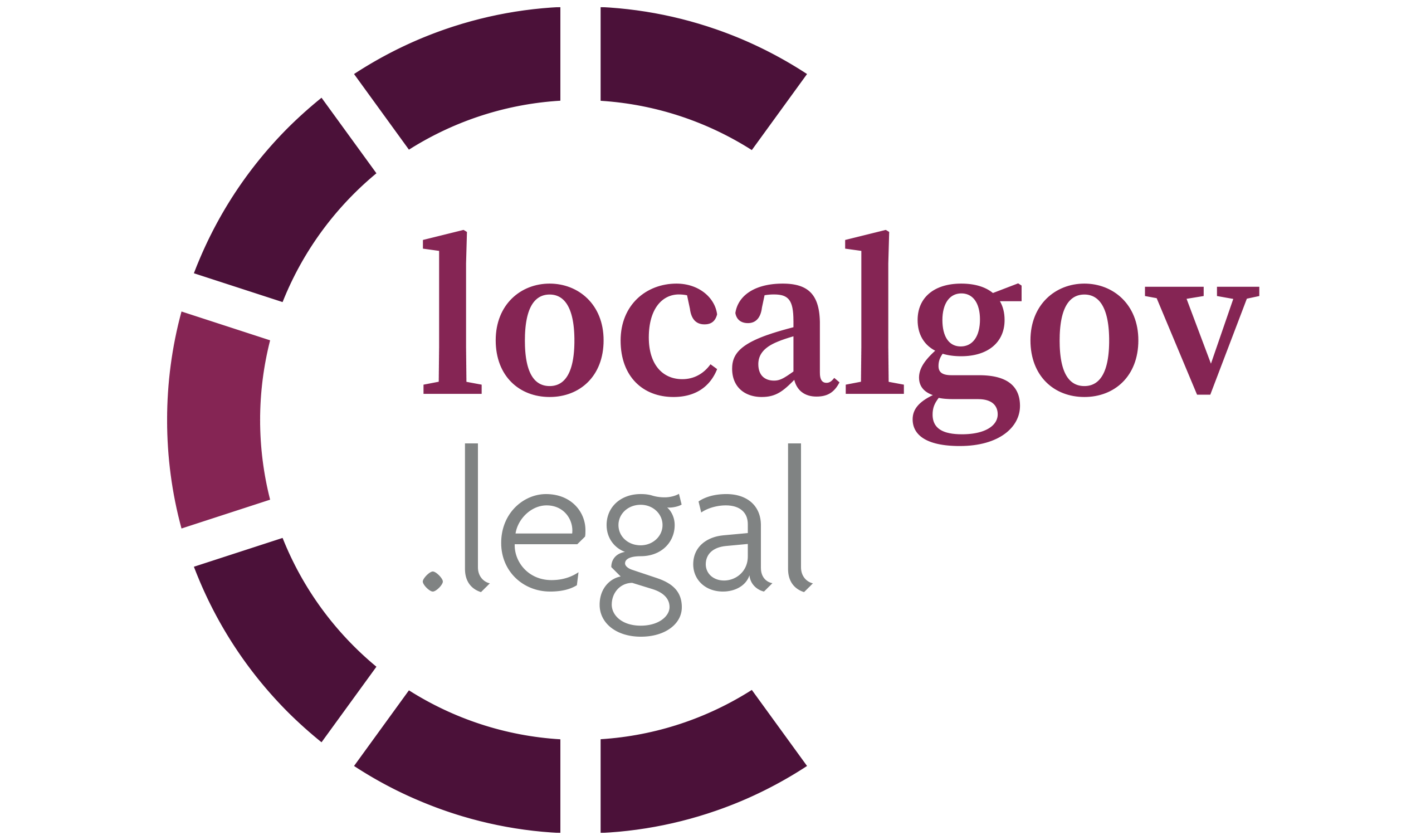The recent growth in holiday lets and second homes is nearly cancelling out the supply of new homes in some parts of the country, according to new research.
80% of the growth in holiday homes during and since the pandemic was concentrated in just 25 local authorities, according to the research by campaign group Generation Rent. In these areas, 72,754 new homes were built or converted in 2019-22, but 20,803 (29%) were lost by becoming commercial holiday lets or second homes.
Portsmouth lost more homes to the second home sector than it added to the housing supply between 2019 and 2022.
In seven areas, including parts of the Lake District, North Yorkshire and Devon, the growth in holiday homes effectively cut new supply by more than half, making it harder for councils to accommodate their local populations affordably.
Government consultations on registering holiday lets and requiring owners to have planning permission to let to tourists are due to close on 7th June. Generation Rent called for the withdrawal of tax breaks and for new powers for councils to license holiday lets and cap their numbers in order to reverse their recent proliferation.
In 2019-22, 682,235 new homes were added to England’s housing stock. Over the same period, there was an increase in the number of homes registered as second homes or commercial holiday lets of 26,043. That represents 4% of the growth in housing stock nationally.
But the growth of the holiday home sector was highly concentrated: 80% of the increase in the numbers of second homes and holiday lets happened in just 25 local authorities.
The worst hit was Portsmouth where housing supply fell. For every four homes built in 2019-22, five disappeared into the holiday home sector.
In other areas, housing supply was running just to stay still: the growth in holiday homes in Copeland, Cumbria, was 407 – 96% of the 426 homes added to the housing stock. Leicester saw a similar rate, with 3,340 new homes built but a loss of 3,035 (91%) becoming second homes and holiday lets.
Other holiday hotspots where the growth of holiday homes is undermining efforts to boost supply for locals are Torridge, Devon (holiday home growth equivalent to 63 percent of new supply), South Lakeland in Cumbria (63%), Scarborough (56%), Richmondshire in North Yorkshire (49%) and North Norfolk (42%).
The worst affected London Borough was Southwark, where 4,004 new homes were added to the stock but 2,428 were lost into the second homes sector (61%).
Cornwall, where eight percent of homes are second homes or holiday lets, fared slightly better in recent years, with the growth in holiday homes equivalent to 27% of new stock.
The government has proposed to set up registration schemes for tourist accommodation and to require owners of holiday lets to apply for planning permission. However, existing holiday lets are set to get automatic permission, which is likely to increase their value and so will make it difficult to bring them back into the residential sector.
Dan Wilson Craw, Acting Director of Generation Rent, said: ‘The unregulated and undertaxed holiday let sector is out of control. It has taken homes away from locals who grew up in holiday hotspots and people who want to work in the tourist industries, making these areas unsustainable. A large part of the solution to high rents is more housebuilding, but locals won’t see the benefits of this if houses continue to leak into the holiday homes sector.
‘It is welcome that the government is looking at ways to regulate holiday lets, but there is a huge risk that the proposals will lock in the sector’s recent growth and make it harder to bring down rents by switching properties back into residential use.’
Image: Pierre Jarry


















Leave a Reply